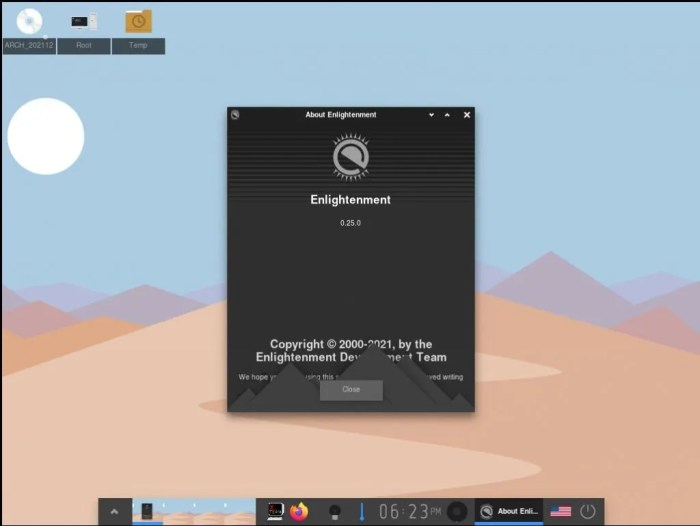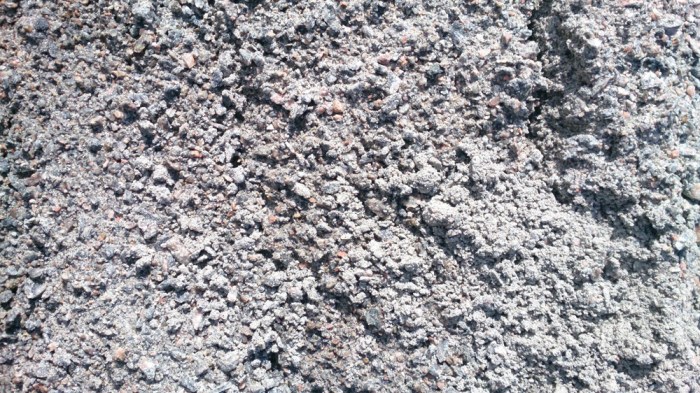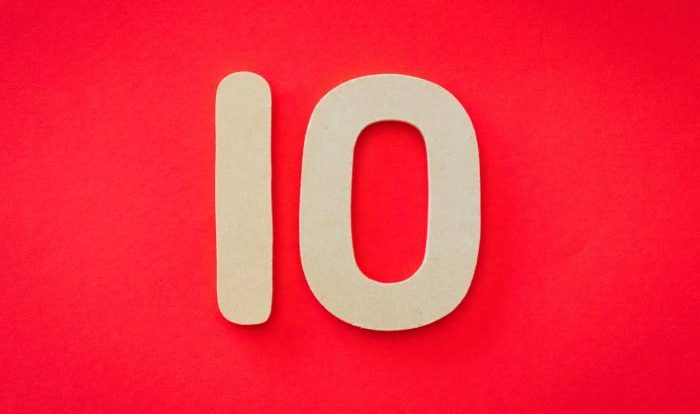Round 0.283 to the nearest hundredth. – Rounding numbers to the nearest hundredth is a fundamental mathematical operation that plays a vital role in various aspects of our daily lives. Whether it’s measuring ingredients for a recipe, estimating distances, or performing calculations, rounding allows us to simplify complex numbers and make them more manageable while preserving their essential information.
This comprehensive guide delves into the intricacies of rounding 0.283 to the nearest hundredth, exploring the methods, applications, and implications of this mathematical concept. We will examine the standard rounding technique, discuss alternative methods, and highlight the significance of rounding in practical scenarios.
Rounding Overview

Rounding is a mathematical operation that involves approximating a number to a specified level of precision. Rounding to the nearest hundredth means expressing a number with a precision of two decimal places.
For example, rounding 0.283 to the nearest hundredth involves determining whether the digit in the hundredths place (3) is closer to 0 or 4. Since 3 is closer to 4, 0.283 is rounded up to 0.29.
Methods for Rounding
There are two primary methods for rounding:
- Standard rounding method:Based on the digit in the hundredths place, if it is 5 or greater, the number is rounded up; otherwise, it is rounded down.
- Alternative rounding method:Uses a number line or visual representation to determine the nearest whole number or decimal place.
Applications of Rounding, Round 0.283 to the nearest hundredth.
Rounding is used in various everyday situations, including:
- Measurement (e.g., rounding measurements to the nearest inch or centimeter)
- Estimation (e.g., rounding population estimates to the nearest thousand)
- Calculations (e.g., rounding intermediate results to simplify calculations)
Error Analysis in Rounding
Rounding introduces a potential error called rounding error. This error can impact calculations, especially when multiple rounding operations are performed consecutively.
To minimize rounding error, it is important to choose an appropriate level of precision and handle rounding errors carefully in different scenarios.
Rounding in Decimal Notation
When rounding decimal numbers, the digit in the hundredths place is identified based on its position after the decimal point.
For example, in the number 12.3456, the digit in the hundredths place is 4, so rounding to the nearest hundredth gives 12.35.
Frequently Asked Questions: Round 0.283 To The Nearest Hundredth.
What is the standard rounding method for rounding to the nearest hundredth?
The standard rounding method involves examining the digit in the hundredths place. If it is 5 or greater, the number is rounded up; if it is less than 5, the number is rounded down.
What is an alternative method for rounding to the nearest hundredth?
An alternative method involves using a number line or visual representation. By placing the number on the number line and identifying the nearest hundredth, you can determine the rounded value.
How can rounding be used in practical applications?
Rounding finds applications in various fields, including measurement, estimation, and calculations. It allows us to simplify complex numbers, making them easier to work with while retaining their essential information.



